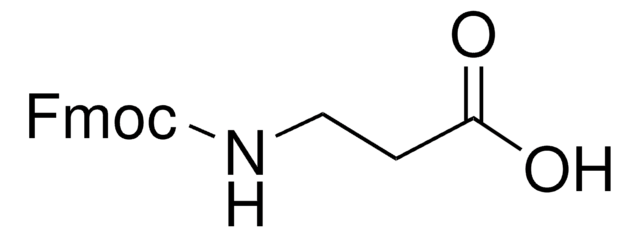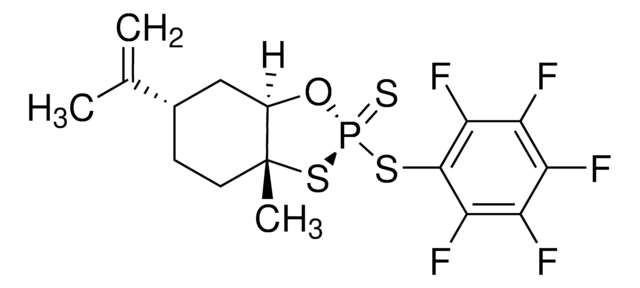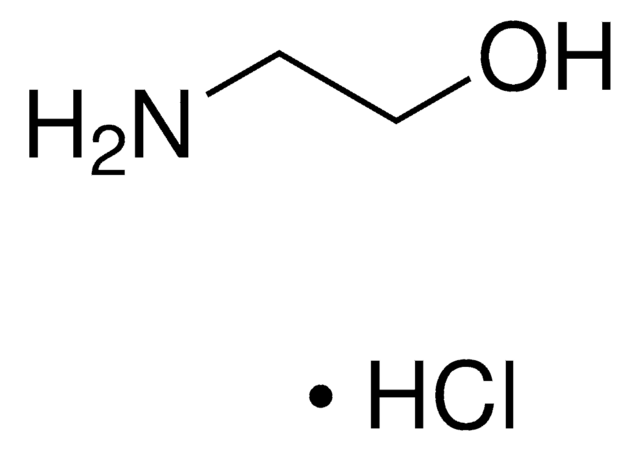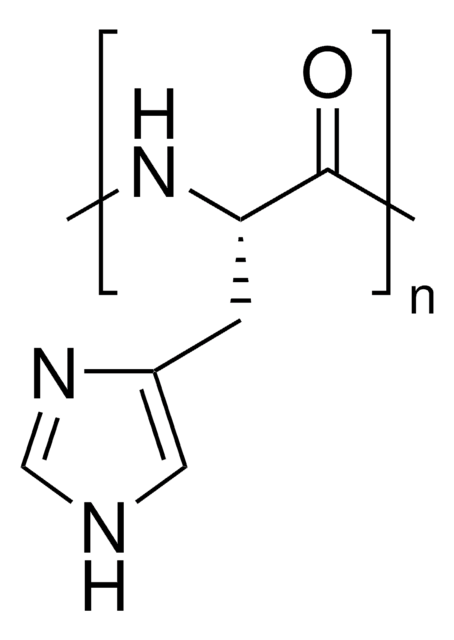939668
TissueFab® norbornene functionalized poly(amino acid)

hydrogel and bioink precursor, for tissue engineering
Synonym(s):
Amino acid, Amino acid polymer, Aspartic acid, Bioink precursor polymers, Hydrogel materials, Norbornene functionalized polymer, Poly(aspartic acid)
About This Item
Recommended Products
Quality Level
form
powder or chunks
mol wt
Mw 50-120 kDa by GPC
color
white
application(s)
(Tissue engineering, 3D bioprinting, 3D cell culture)
compatibility
cell culture
storage temp.
−20°C
General description
About the material:
These TissueFab® norbornene functionalized poly(amio acid) is a xeno-free (animal origin free), biodegradable and biocompatible polymer that been developed and tested for hydrogel synthesis for tissue engineering and other biomedical applications. Printing and crosslinking parameters:
- Compatible for cell encapsulation and hydrogel formation.
- Crosslinked via photopolymerization via UV or visible light with suitable photo initiator.
Furthermore, the norbornene functional group within the polymer provides sites for additional chemical modifications or conjugation with bioactive molecules, such as therapeutics, peptides, and targeted ligands. This versatility enables the incorporation of specific functionalities into the polymer matrix, allowing for the impartation of desired biological or therapeutic properties, such as controlled drug release or cell adhesion. For instance, the norbornene polymer can undergo thiolene reactions with thiolated peptides, thereby eliciting bioactive biochemical cues to encapsulated cells.
More information and a step-by-step protocol can be found under the "More Documents" section of this page.
Application
- Biocompatible and biodegradable precursor for hydrogel and bioink development
- Suitable for a wide range of biomedical applications, including 3D cell culture, tissue engineering, in vitro drug screening, and regenerative medicine research
- Enables the development of xeno-free polymers for applications in advanced cell culture and tissue engineering
- Ideal for creating biocompatible materials that support cell growth and tissue regeneration in a xenogeneic-free environment
Features and Benefits
- Xeno-free, animal-origin free
- Tunable
- Cell viability
- Biocompatibility and biodegradability
- Mechanical and rheological properties
- Crosslinkability
Legal Information
Storage Class Code
11 - Combustible Solids
WGK
WGK 3
Flash Point(F)
Not applicable
Flash Point(C)
Not applicable
Choose from one of the most recent versions:
Certificates of Analysis (COA)
It looks like we've run into a problem, but you can still download Certificates of Analysis from our Documents section.
If you need assistance, please contact Customer Support
Already Own This Product?
Find documentation for the products that you have recently purchased in the Document Library.
Our team of scientists has experience in all areas of research including Life Science, Material Science, Chemical Synthesis, Chromatography, Analytical and many others.
Contact Technical Service








